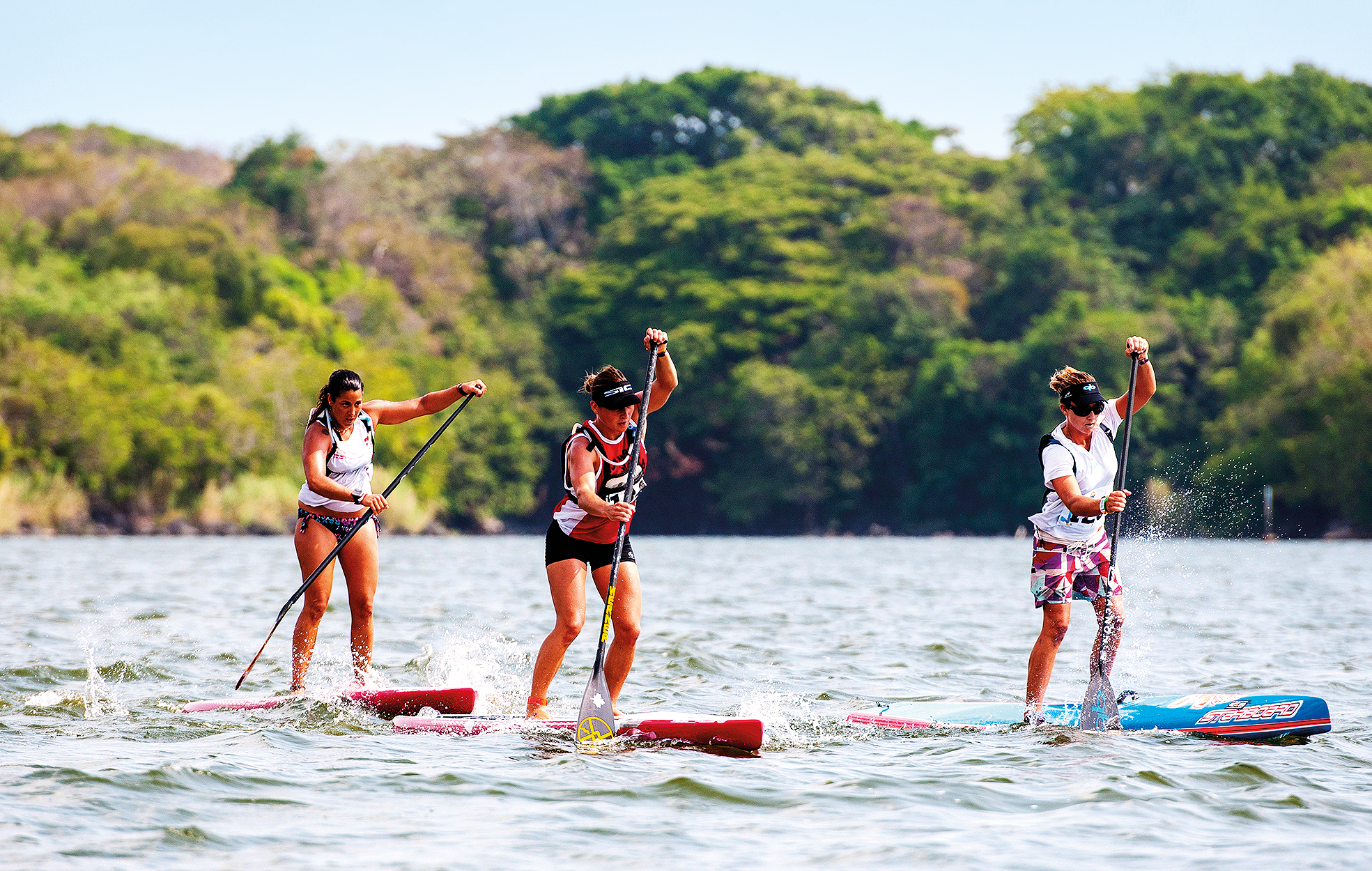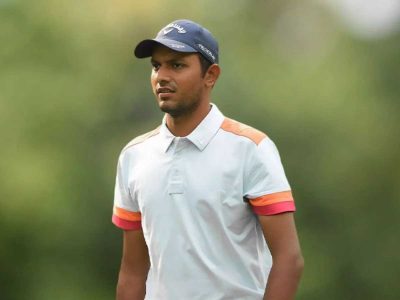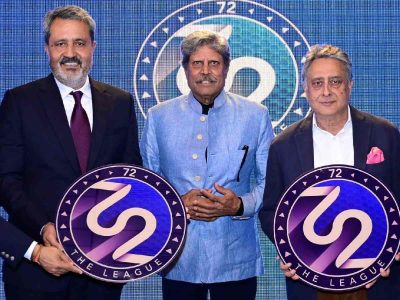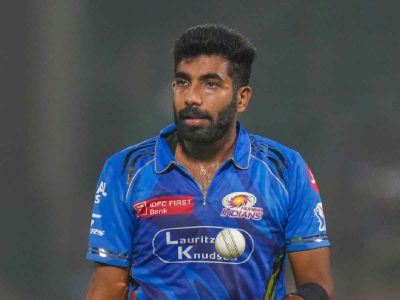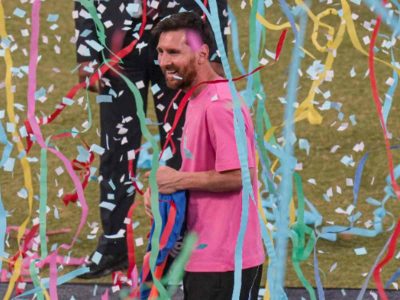IOC’s Agenda 2020 aims to achieve 50% female participation in Olympic Games. the committee also wants at least 30% women in sports leadership roles
In sports, as in other areas, gender equality is matter of debate and discussion. But come 2020 Tokyo Olympics and we may be on the verge of a ‘feminine’ transformation. International Olympics Committee (IOC) decided “to achieve 50% female participation in Olympic Games and stimulate women participation and involvement in sport by creating more participation opportunities.” In the recent past, IOC asked the various global sport federations to submit their recommendations to achieve these objectives. Here’s how these sports may change by 2020.
Canoe racing
International Canoe Federation (ICF) has recommended to introduce Women’s C1 200m (canoe single) and Women’s C2 (canoe double) 500m for canoe sprint, and replace Men’s C2 by Women’s C1 for canoe slalom. “This has been a long time coming and I commend the ICF on the new programme they have approved and recommended to the IOC…. This is a step in the right direction,” said Peter Giles, president, Canoe Kayak Canada.
Surfing together
International Surfing Association (ISA) announced that men and women will participate in equal numbers for the first time at the 2017 ISA World Stand-Up Paddle (SUP) and Paddleboard Championship, which will be held in Denmark this September. This will highlight its continuing drive to promote gender equality. At the 2017 Championship, the SUP Distance Race, SUP Technical Race and SUP Surfing will feature two men and women each from each national team. The Paddleboard Technical Race, Paddleboard Distance Race and SUP Sprint Race will feature one athlete in each gender category. ISA president Fernando Aguerre said, “Promoting greater opportunities for women and gender equity through our events is critically important to the ISA and to me personally. As the world governing authority for SUP and Paddleboard, we are constantly working to foster their worldwide development and growth.”
Hockey’s ‘equally amazing’
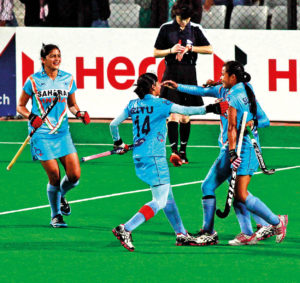
Fédération Internationale de Hockey (FIH), aka International Hockey Federation, made a bold claim that hockey is already played by an equal number of females and males. This was true at the Rio Olympics, and is true for other competitions. Thus, the sport is ‘equally amazing’ for both the genders. However, FIH admitted that there is an inequality at the top-level sports coaching. But it doesn’t wish to promote undeserving candidates “just to balance the gender”.
Shooting under radar
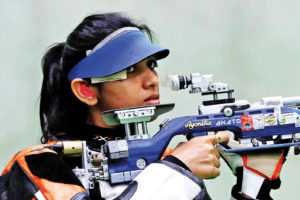
Gender equality was a challenge in shooting with nine men’s events and only six women’s events at the 2016 Olympic Games. The International Shooting Sport Federation (ISSF) executive committee and administrative council met on February 21 and 22 at New Delhi during the World Cup. They discussed the various opinions to finalise their recommendations to the IOC. The committee said that the IOC should replace Double Trap Men with Trap Mixed Gender Team, 50m Rifle Prone Men with 10m Air Rifle Mixed Gender Team and 50 m Pistol Men with 10m Air Pistol Mixed Gender Team. The idea was to preserve discipline parity and retain 15 shooting events – five each for rifle, pistol and shotgun.
With the approval of the committee and council, ISSF president Olegario Vazquez Raña appointed a special ad-hoc Committee to prepare the final recommendations. Secretary general Franz Schreiber chairs the committee, which includes ISSF vice-presidents Gary Anderson and Wang Yifu, as well as athletes and coaches and other discipline experts. “We fully support gender equality and our Committees have worked very hard to develop a Tokyo 2020 proposal that will support the future growth of our sport,” Vazquez Rana said in a statement. He added, “We want to… offer all female and male athletes the same opportunities. Shooting is one of the oldest and most universal sports of the world; inclusion is part of our DNA.”
During the world cup held in Delhi, the first mixed gender event was tested on the first day. In the 10m rifle mixed event, each country fielded two teams each and, of the six teams that qualified for the finals, China won. However, the world cup showed that there was a long way to go. Of the 452 athletes from 50 nations, only 175 were women, i.e., 39% of the total. The good news: countries such as Bosnia, Czech Republic, Egypt, Indonesia, Morocco and Norway had only women athletes, host India had the largest women contingent – 27 women out of 36, and Germany had the second-highest women percentage, 83% or five out of six participants. UAE and Qatar had men-only participants.
Inclusion in leadership
At a three-day forum, which was jointly organised by the IOC and Association of Summer Olympic International Federations (ASOIF), 65 participants, who represented the five continents, 28 Summer International Federations (IFs) and two Winter IFs, said that they will initiate efforts to achieve the target of 30% women in leadership roles at the various federations. The participants proposed to mentor women, and also include men at the next International Federation Women in Leadership Forum “to enrich and diversify the exchanges”. The IOC Women in Sport Commission chair Lydia Nsekera told the participants, “We all need to know that we have a place in sport, and that power is not for men alone, far from it. It is for us as well. We need to understand also that, without support from men, our fight will be in vain.”
When equality annoys
Saitama’s Kasumigaseki Country Club — Tokyo 2020’s golf event venue — does not allow membership for females, and prevents women from playing on Sundays. The Independent reported that the private club’s chairman Kiichi Kimura is annoyed of IOC’s request to lift the restrictions. “It’s extremely annoying (what) the situation has evolved into,” Kimura told local media after a board meeting could not decide on lifting the ban. “We are baffled, that’s our situation right now. We agreed (to host the Olympic golf competitions) at their request, but we never bid (to host it).”

